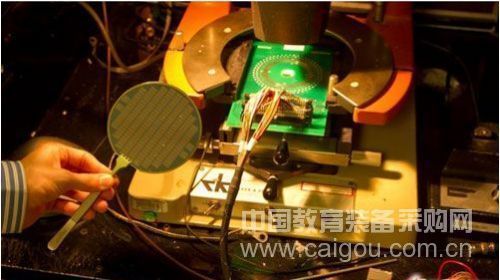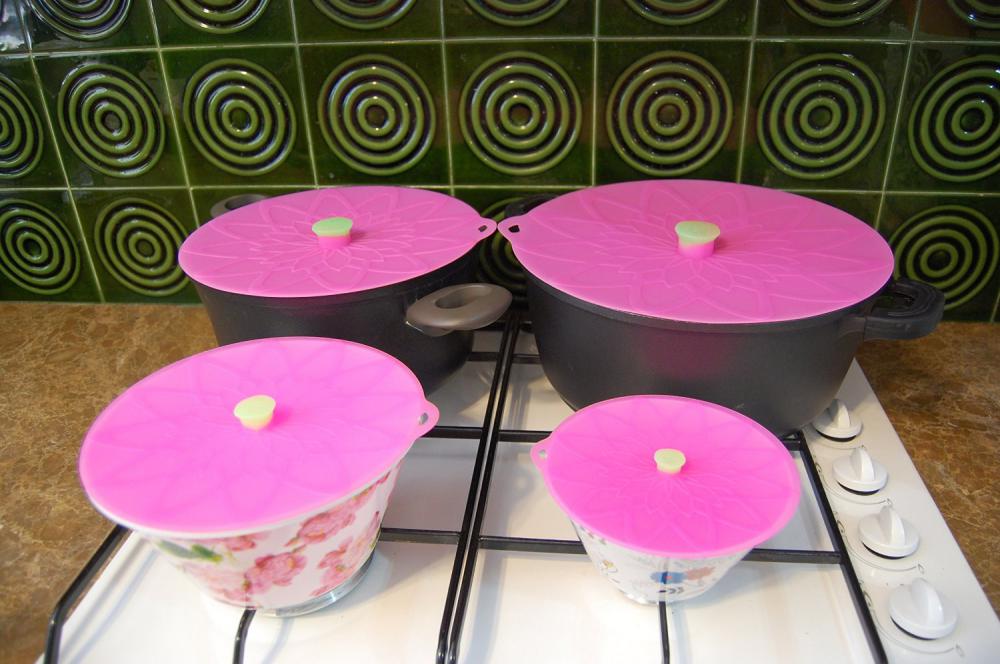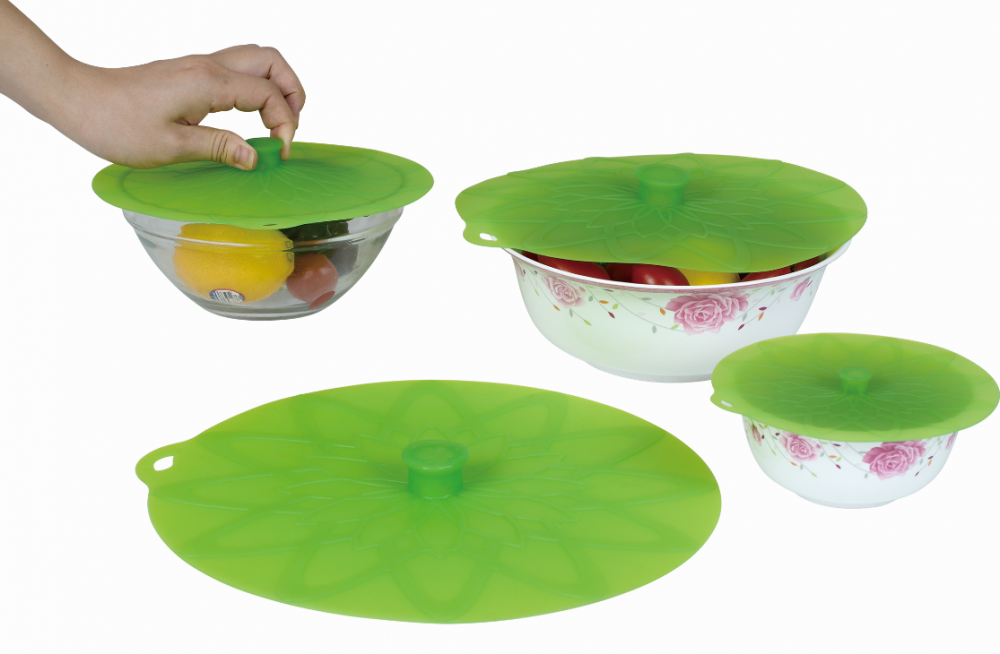Stanford University develops the world's first carbon nanotransistor computer
Beijing time, September 26, according to the British academic journal "Nature", Stanford University R & D personnel developed the world's first computer based on carbon nanotransistor technology, and has successfully tested and operated, which shows that humans are developing new computer equipment in the future Shi is expected to get rid of dependence on silicon crystal technology. Max Shulaker, co-author of a published paper by the Stanford University project research group, said: "This is the most complex electronic device produced by humans using carbon nanotubes. There are many very creative applications of nanotechnology, but people I never thought that the technology could be used in such a practical and practical way. " The first nanocomputer developed by the Sharacel team uses only 178 transistors, but the device can only run an operating system that supports simple functions such as counting and arrangement. Carbon nanotubes were discovered by Dr. Iijima of NEC Corporation of Japan in 1991. As a one-dimensional nanomaterial, carbon nanotubes have the characteristics of light weight and perfect hexagonal structure connection, and have many abnormal mechanical, electrical and chemical properties. Xia Laikeer said: "Compared with traditional transistors, carbon nanotubes are smaller in size, more conductive, and can support fast switching, so their performance and energy consumption performance is far better than traditional silicon materials." Subhasish Mitra, a Stanford electronics engineer, said: "Silicon is very good, it is very hard. But when everything becomes so small, it is not known whether you can get higher performance and better energy saving from silicon transistors. . " Transistors are a key component of modern electronic equipment. A chip can include dozens of billions of transistors. Carbon nanotubes are smaller, and replacing silicon with them can make smaller, faster, and more energy-efficient transistors. The diameter of carbon nanotubes can be as small as 1 nanometer. The diameter of human DNA is generally 2.5 nanometers, and human fingernails grow about 1 nanometer per second. Subhasish Mitra said that carbon nanotransistors were manufactured as early as 1998. "Since then, people have a dream to use carbon nanotubes to open a new era of electronic products." However, the research of carbon nanotubes encountered obstacles. Scientists have found that it is too difficult to make carbon nanotubes without obvious defects. In general, the method used is to grow a large number of carbon nanotubes with semiconductor wafers in a high-temperature room. Through a series of chemical reactions, carbon nanotubes can germinate. In this process, a batch of defect-free carbon nanotubes may appear. However, during the inoculation process, natural interference is often encountered. Researchers continue to improve the technology and obtain some defective carbon nanotubes. So the researchers changed their direction. They no longer insisted on the pursuit of defect-free carbon nanotube batches, but focused on designing computer circuits that are immune to defects. Using better algorithms, the researchers arranged the circuits so that even if a few nanotubes had problems, the computer could still run. The first carbon nanocomputer has 178 transistors, each including 10-200 carbon nanotubes. The size of the device is only 6.5 square millimeters, which means you can put 40 coins in a dime of American coins. If an industrial chemical plant is used to make carbon nanotubes instead of a laboratory, it can make smaller, faster, and more powerful computers.
Silicone lily pad Product details:
• XL lid size: 12"
Silicone Lily Pad Pictures:
Silicone Lily Pad Silicone Lily Pad,Large Lily Pads,Best Lily Pad,Lily Nursing Pads Shenzhen Feiaoda Technology Co.,Ltd , https://www.flysilicone.com
Carbon nanotube computer developed by Stanford University
Silicone Lily Pad Quick Details
• Color: Pink with green ergonomic Handle or any pantone color
• Flower design
Silicone Lily Pad Lids size
• Small lid size: 6"
• Medium lid size: 8"
• Large lid size: 9.92"

